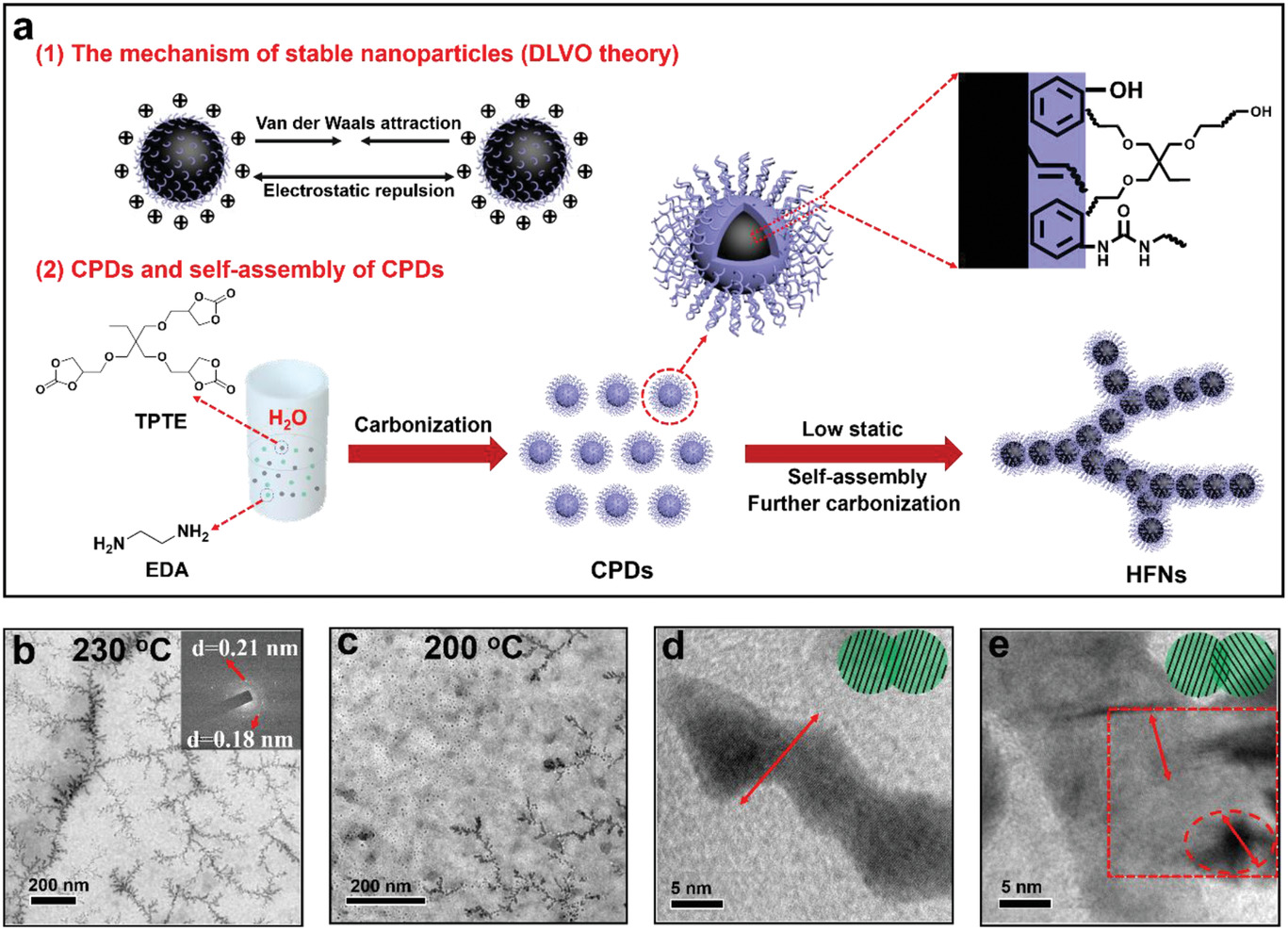News
New Paper: Hyperbranched Fractal Nanocarbons for Bright Photoluminescence in Solid State
05.06.2019
Wang, Y.‐L., Liu, B., Yang, J.‐L., Cao, X.‐H., Yang, Y.‐Z., Yang, Q., Greiner, A., Xu, J.‐T., Zhang, X.‐H.
Advanced Optical Materials 2019, 1900659.


